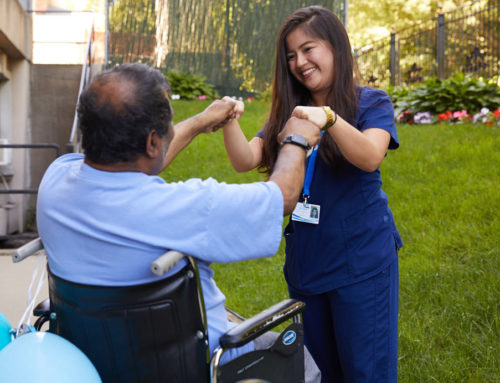5 Crucial Don’ts After Receiving And Living With A Stent
We all know that heart-related issues and symptoms could be life-threatening and should, therefore, never be ignored. While the procedure for inserting a stent to prop open a clogged artery is minimally invasive, take care. Any heart condition is potentially risky, so don’t ignore your symptoms and follow your doctor’s advice on living with a stent.
Before and after receiving a stent try to find out as much as you can about the procedure. At the same time, educate yourself on healthy living and lifestyle choices generally. A key part of maintaining a healthy lifestyle with a heart condition is regular exercise and physical therapy, when needed.

Don’ts After Receiving And Living With A Stent
Be aware that inserting a stent does not cure coronary artery disease. After receiving a stent, you should continue to monitor and manage heart disease risk factors. These include keeping an eye on your weight as well as your blood sugar, cholesterol and stress levels.
- Don’t ignore symptoms
You probably know what to do immediately after your procedure, as you will be provided with instructions as to what to do and not to do after it. So, you know you should contact your doctor if the site where your catheter was inserted starts bleeding or swelling.
However, you may experience other symptoms further down the line. Seek medical advice if you experience chest pain, dizziness, fatigue, or shortness of breath. Living with a stent requires you to be more mindful of any changes in your body in order to prevent any complications.
- Don’t go beyond your current abilities
Okay, so you’ve had a stent inserted but that doesn’t mean you can dive into strenuous physical activities. Try not to put added pressure on the heart by engaging in activities that you did not do prior to the operation.
- Don’t ignore stress management
Living with a stent means that your heart is not in the best shape, and this can be stressful. Be aware, each day, of how stressed or relaxed you are feeling. Try to do pleasant things that you enjoy doing and avoid any activities that raise your blood pressure.
Activities like yoga and meditation, which involve stretching and breathing exercises, are a great way to manage stress.
- Don’t give up exercise
If you start feeling better, don’t give up physical activities. Exercise can help you prevent further complications, that may occur. Do everything possible to stay active and healthy.
A regular exercise routine, even if it’s only a daily walk in the park, is hugely beneficial to your overall health. Try to build some form of exercise into your daily routine. Exercise keeps the lungs and heart functioning optimally, and makes you feel good, too.
- Don’t give up check-ups and tests, therapy
Remember, consistency is very important when dealing with any health issues, especially those heart related. Once you feel better, don’t give up taking your medications and going for regular check-ups may be tedious but they are essential for your longer-term well-being. Physical and other therapies can strengthen you and help you cope. Part of living with a stent means taking responsibility for your health. Exercise regularly and If you can do this in a fun way in the company of others, so much the better.
Resources:
https://www.health.harvard.edu/heart-health/complications-after-receiving-a-stent
https://my.clevelandclinic.org/departments/heart/patient-education/recovery-care/interventional-procedures/after-your-interventional-procedure
This article is for educational and informational purpose only and does not substitute for professional medical advice. For any questions about your own health condition, speak to a qualified physician or healthcare provider.







Leave A Comment